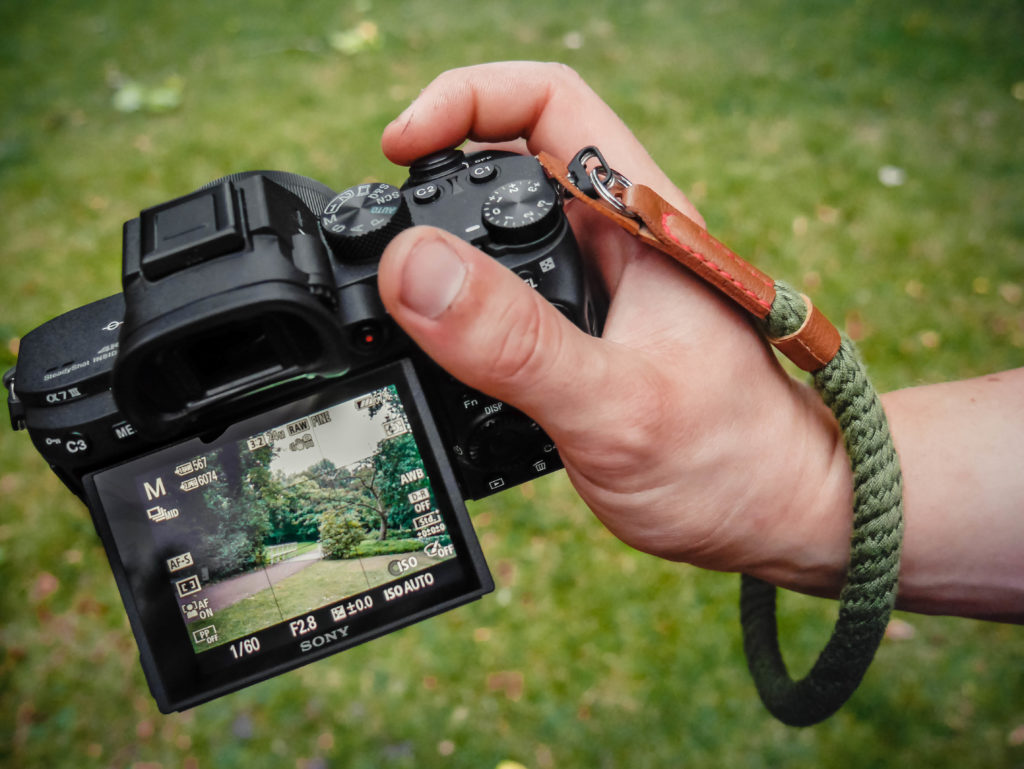
Various kinds of cameras have been gaining popularity lately, but digital cameras are still very much in demand.
The market for digital cameras is still growing. And it will likely continue to in the coming years. Technavio expects the global digital camera market to see a $1.03 billion increase from the years 2021 to 2026. The variety in price ranges, increased social media use, and the choice of professional photographers will allow more opportunities in the industry.
You may be looking to try your hand at using a digital model, but it can be challenging to adjust to a new camera type if you’re used to film cameras. If you’re planning to make a transition from film to digital, here’s what you need to keep in mind for a seamless process:
Learn about different types and models
The Wire Realm notes that there are many kinds of digital cameras out there. Learning about them can help give you an idea of which model to use as you transition from film, as one type might be more suited for you than others. Among the many models, there are DSLR (digital single-lens reflex) cameras, which use a digital image sensor and mirror technology to capture a subject. Point-and-shoot cameras use two lenses, one with the image sensor and another that displays on the viewfinder. Mirrorless cameras, in particular, do away with the mirror, making them lighter and more compact; the image the sensor captures filters light coming directly through the lens.
Many mirrorless cameras have a retro feel, which can help give the impression that you’re still shooting on film, making the experience less unfamiliar. A camera like the Fujifilm X-Pro3 has a body that has a very classic, old-school vibe, and is designed to have a “hidden” LCD that prevents photographers from checking their photos too much, quite like the film camera experience!
Embrace the new technology
Many film photographers can get confused or overwhelmed by all the dials or settings on a digital camera. However, familiarizing yourself with these new tools is crucial for taking the best photos. Case in point, the high-tech Sony Alpha a7R V Mirrorless camera not only has high image resolution, but it also offers robust real-time subject recognition using deep learning and AI capabilities. This technology helps detect moving subjects which allows for a more accurate shot.
Without proper knowledge of this feature — on this model or any other — you can miss out on taking an even better picture than the one you took. Knowing how to properly use your camera’s features can help you maximize each shot you take. Take the time to test your camera and study its features, maybe by reading reviews or watching how-to guides. One important thing to note is the shutter speed or ISO you want to work with.
Think before you shoot
Though you may be shifting to a different camera, the principles and techniques used for film can still be applied when you shoot digitally. For any camera you use, remember that every shot counts. With film, you have to be intentional with what you shoot, lest you run out of film at the most opportune moments. With digital cameras, you can still be selective about your shots to capture the best moments.
Film cameras force you to trust the shot and the process until your photo develops. While digital cameras show you your images instantly, you can also do your best to ignore the LCD so you don’t obsess over the small details. Shooting with a digital camera like a film camera can help you better adjust to a new medium while appreciating the previous one.
For more on photography, check out our 24 Exposure Film Photography Challenge to help you get your creative juices flowing.
